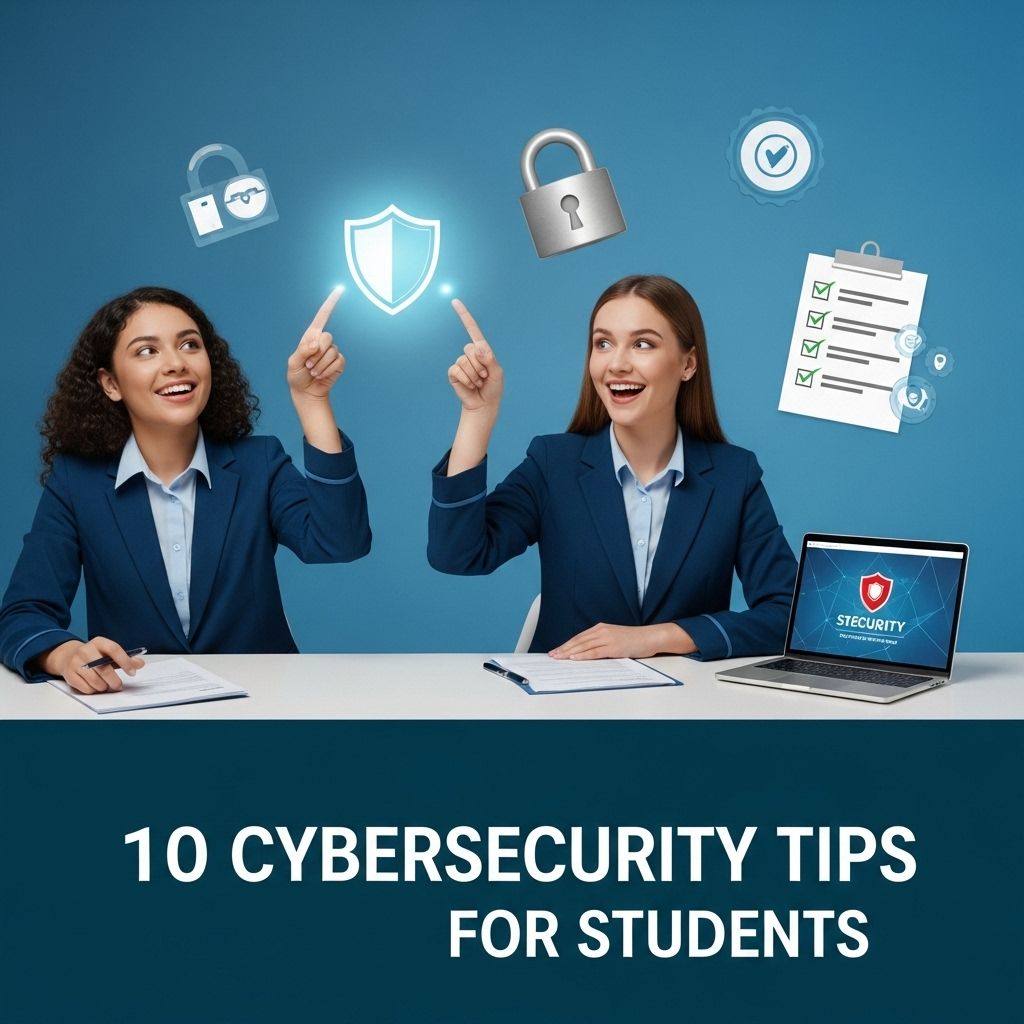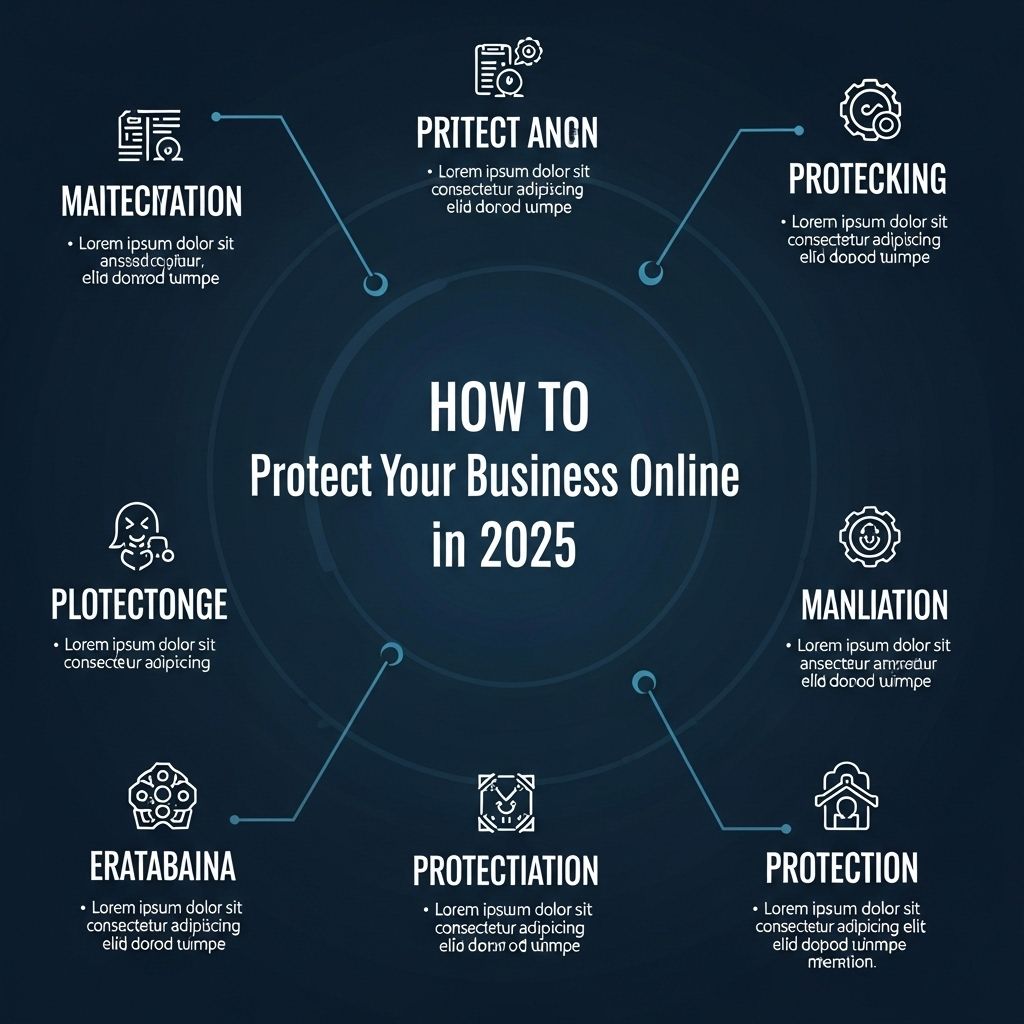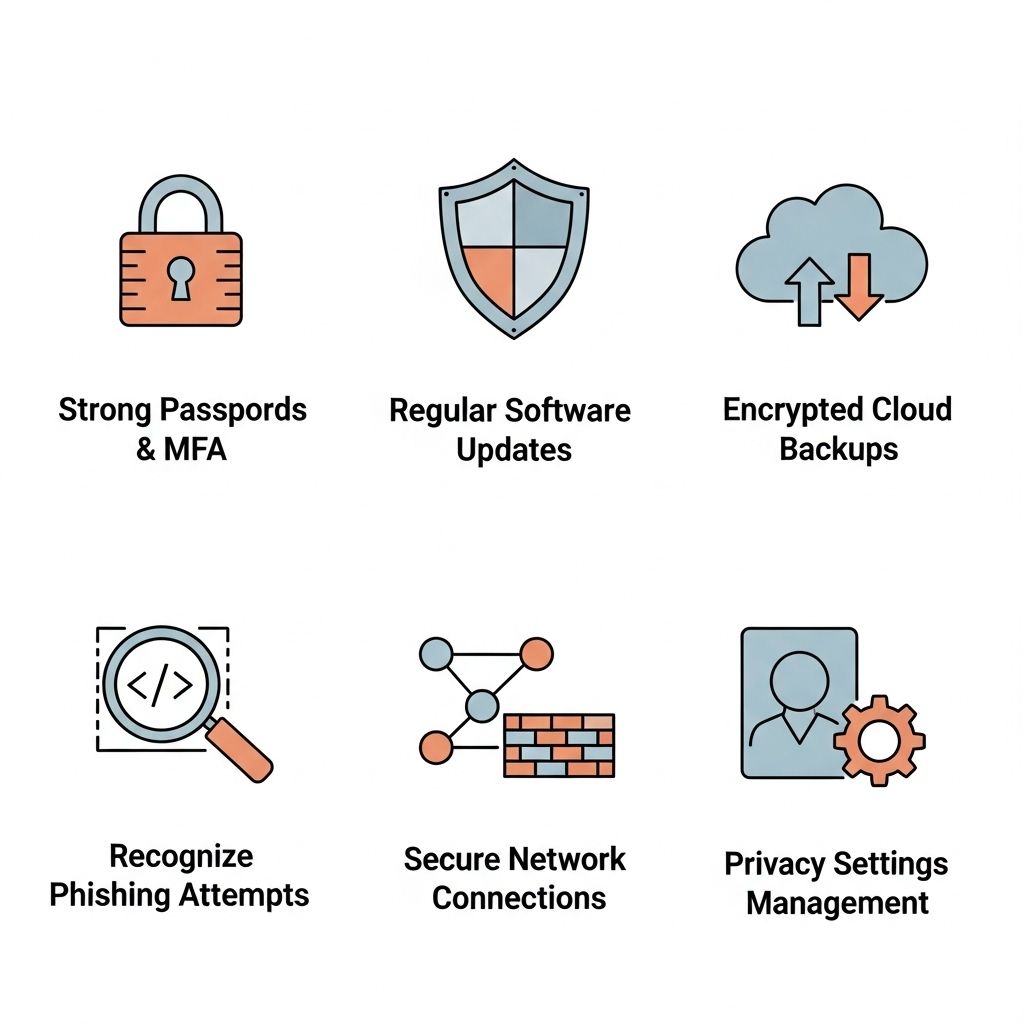In today’s digital age, where technology plays a crucial role in education, students find themselves increasingly exposed to cyber threats. From online classes to research projects and social media interactions, the risks are present at every turn. Understanding the importance of cybersecurity becomes essential for students who want to protect their personal information and academic integrity. This article aims to equip students with vital cybersecurity tips that can help them navigate the digital landscape safely and securely.
Understanding Cybersecurity
Cybersecurity involves protecting computer systems, networks, and data from theft, damage, or unauthorized access. It encompasses various measures, including software, policies, and practices designed to safeguard information. For students, understanding the core concepts of cybersecurity is the first step towards protecting themselves in the digital world.
Key Cybersecurity Threats
Before diving into prevention strategies, it’s essential to recognize the common threats students may encounter:
- Phishing Attacks: Fraudulent attempts to obtain sensitive information via deceptive emails or messages.
- Malware: Malicious software designed to disrupt, damage, or gain unauthorized access to computer systems.
- Ransomware: A type of malware that encrypts user data and demands payment for its release.
- Data Breaches: Unauthorized access to sensitive data, which can occur due to poor security practices or vulnerabilities.
- Social Engineering: Manipulative tactics used to trick individuals into revealing confidential information.
Top Cybersecurity Tips for Students
1. Use Strong Passwords
Your password is the first line of defense against unauthorized access. To create a strong password, consider the following:
- Use at least 12 characters.
- Include a mix of upper and lower case letters, numbers, and special characters.
- Avoid using easily guessed information like birthdays or names.
- Consider using a password manager to store and generate passwords securely.
2. Enable Two-Factor Authentication (2FA)
Two-factor authentication adds an extra layer of security by requiring two forms of verification to access accounts. This can include:
- Something you know (password).
- Something you have (a text message or authentication app).
Always enable 2FA wherever possible, especially for email and social media accounts.
3. Be Cautious of Public Wi-Fi
While convenient, public Wi-Fi networks can expose you to significant risks:
- Avoid accessing sensitive information on public networks.
- Use a Virtual Private Network (VPN) to encrypt your internet connection.
- Turn off sharing options when connected to public Wi-Fi.
4. Regularly Update Software
Keeping your operating system, applications, and antivirus software updated is crucial in preventing vulnerabilities:
- Set software to update automatically when possible.
- Regularly check for updates on your devices.
5. Beware of Phishing Scams
Phishing scams can come in various forms, such as emails or messages that appear to be from trusted sources:
- Check the sender’s email address carefully.
- Look for spelling or grammatical errors in messages.
- Do not click on links or download attachments from unknown sources.
6. Use Secure Websites
When entering personal information, ensure the website is secure:
- Look for URLs that start with
https://instead ofhttp://. - Check for a padlock icon in the address bar.
7. Back Up Your Data
Data loss can occur due to various reasons, including hardware failure or ransomware attacks. Regular backups can save your information:
- Use cloud storage options like Google Drive or Dropbox.
- Consider external hard drives or USB flash drives for physical backups.
8. Be Mindful of Social Media
Social media platforms can be a hotspot for cyber threats:
- Adjust privacy settings to limit who can see your information.
- Be cautious about sharing personal details publicly.
- Think twice before accepting friend requests from unknown individuals.
9. Educate Yourself on Cybersecurity
Staying informed about cybersecurity practices helps cultivate a security-conscious mindset:
- Attend workshops or seminars offered by your institution.
- Read articles or books on cybersecurity.
- Join online forums or groups focused on tech security.
10. Report Suspicious Activity
If you encounter suspicious emails or any unusual account activity, report it immediately:
- Notify your institution’s IT department if you believe your student account has been compromised.
- Report phishing emails to your email provider.
- Stay alert and proactive in protecting your information.
Conclusion
As students navigate their academic journeys, the importance of cybersecurity cannot be overstated. By implementing the tips outlined in this article, students can significantly reduce their risk of falling victim to cyber threats. Remember that cybersecurity is not just the responsibility of IT departments; it requires the active participation of every individual, especially in an era where personal information is frequently at stake. Stay informed, stay secure, and continue to prioritize your digital safety.
FAQ
What are the essential cybersecurity tips for students?
Students should use strong passwords, enable two-factor authentication, regularly update software, be cautious with public Wi-Fi, avoid phishing scams, and back up important data.
How can students protect their personal information online?
Students should limit the amount of personal information shared on social media, use privacy settings, and be aware of the information they share on websites.
Why is it important for students to use strong passwords?
Strong passwords help protect against unauthorized access to accounts, making it harder for hackers to compromise sensitive information.
What should students do if they receive a suspicious email?
Students should avoid clicking on links or downloading attachments from suspicious emails and report them to their institution’s IT department.
How can students safely use public Wi-Fi?
Students should use a VPN, avoid accessing sensitive information, and ensure that their devices have security software installed when using public Wi-Fi.
What is the importance of regular software updates for students?
Regular software updates patch security vulnerabilities, helping protect devices from malware and other cybersecurity threats.




